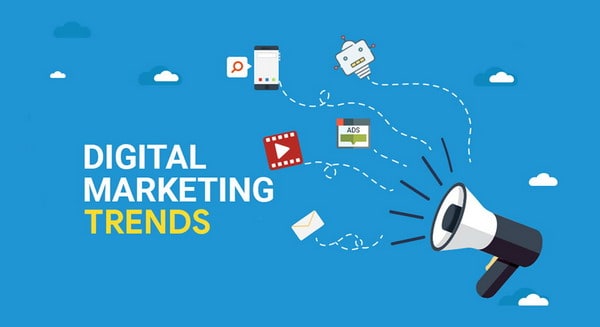What Happened in Cloud Computing in 2024? If you answer “nothing special,” then you won’t be too wrong. Compared to previous years, when cloud computing was still new and cloud providers were releasing completely new types of services and solutions, 2024 There have been no fundamental changes in this area.
But on a smaller scale, there have been some changes to the cloud ecosystem over the past year. Here are five of the most notable:
1. FinOps continues to gain momentum
FinOps, or the practice of optimizing cloud costs, has been around for about five years. But in 2024 it seems to be receiving more attention than ever as more companies look to optimize their cloud environments from a cost perspective.
This is not surprising given that businesses are facing turbulent economic times. Additionally, many have been migrating to the cloud long enough to have realized by now a sobering reality: While the cloud can potentially save money in a variety of ways, the savings don’t happen automatically. In order to keep costs under control, targeted cost optimization is necessary.
2. Increased attention to cloud hardware
Initially, the cloud essentially made hardware an afterthought. Most cloud workloads ran on virtual machines, and few cloud users cared about—or even knew—the details of the underlying physical servers that supported them.
However, events over the past year show that the situation may be changing. While bare metal clouds remain attractive, hardware vendors are now investing in servers specifically built for cloud computing. Having access to GPU-enabled servers in cloud environments is becoming increasingly important given the central role that GPUs play in most AI model training scenarios. And major cloud vendors continue to invest in specialized computing chips, including, in particular, those designed for AI workloads.
All of the above suggests that physical hardware installed in cloud data centers will be more important in the future, at least for certain types of workloads.
3. Multicloud is no longer a fashionable topic
Five or so years ago, the idea of using multiple clouds simultaneously was one of the biggest recent trends in cloud computing.
However, as of 2024, this appears to no longer be the case. And not because few companies have ultimately adopted multi-cloud strategies. On the contrary, multicloud has become so commonplace that using multiple cloud platforms is no longer a thing. Indeed, with three-quarters of companies today reliant on multiple clouds, the lack of multi-cloud is what sets an organization apart these days.
4. Cloud lawsuits and regulation are increasing
This year, Google filed a lawsuit alleging that Microsoft engages in monopolistic practices in its Azure cloud, and the FTC filed an antitrust lawsuit against Amazon over its cloud computing business.
While Google itself has not faced any major regulatory action this year regarding the Google Cloud Platform, it remains under scrutiny over allegations of monopolistic digital advertising practices and has also been found guilty of gender bias. according to a lawsuit filed by one of the GCP executives.
Lawsuits and regulatory scrutiny of cloud providers are not a new phenomenon, but events in 2024 suggest they may intensify. This is not surprising given the growing public awareness of the critical role public clouds play in enabling digital services, and the fact that the major clouds are not very different from each other technologically, meaning legal action may be a popular strategy. in the fight for cloud market share.
5. Edge computing is losing its novelty
For years, it has been popular to talk about edge computing as the cutting edge of cloud computing. We’ve been told that the future of distributed infrastructure will involve the ability to deploy workloads on end nodes rather than in centralized data centers.
Edge computing is certainly important, but it has perhaps lost its luster. They are developing slowly, and the novelty of the concept itself is in some respects questionable. If we talk about trends in this area in 2024, they are that edge computing no longer seems so fashionable.
Conclusion
Once again, 2024 did not bring any revolutionary changes in the cloud computing space. But it has brought us some new trends, such as a strengthening regulatory landscape around the cloud and increased investment in cloud hardware optimized for specific purposes. It also put an end to the dominance of certain trends, such as multi-cloud and edge computing, which are probably not as cool as they once were.





